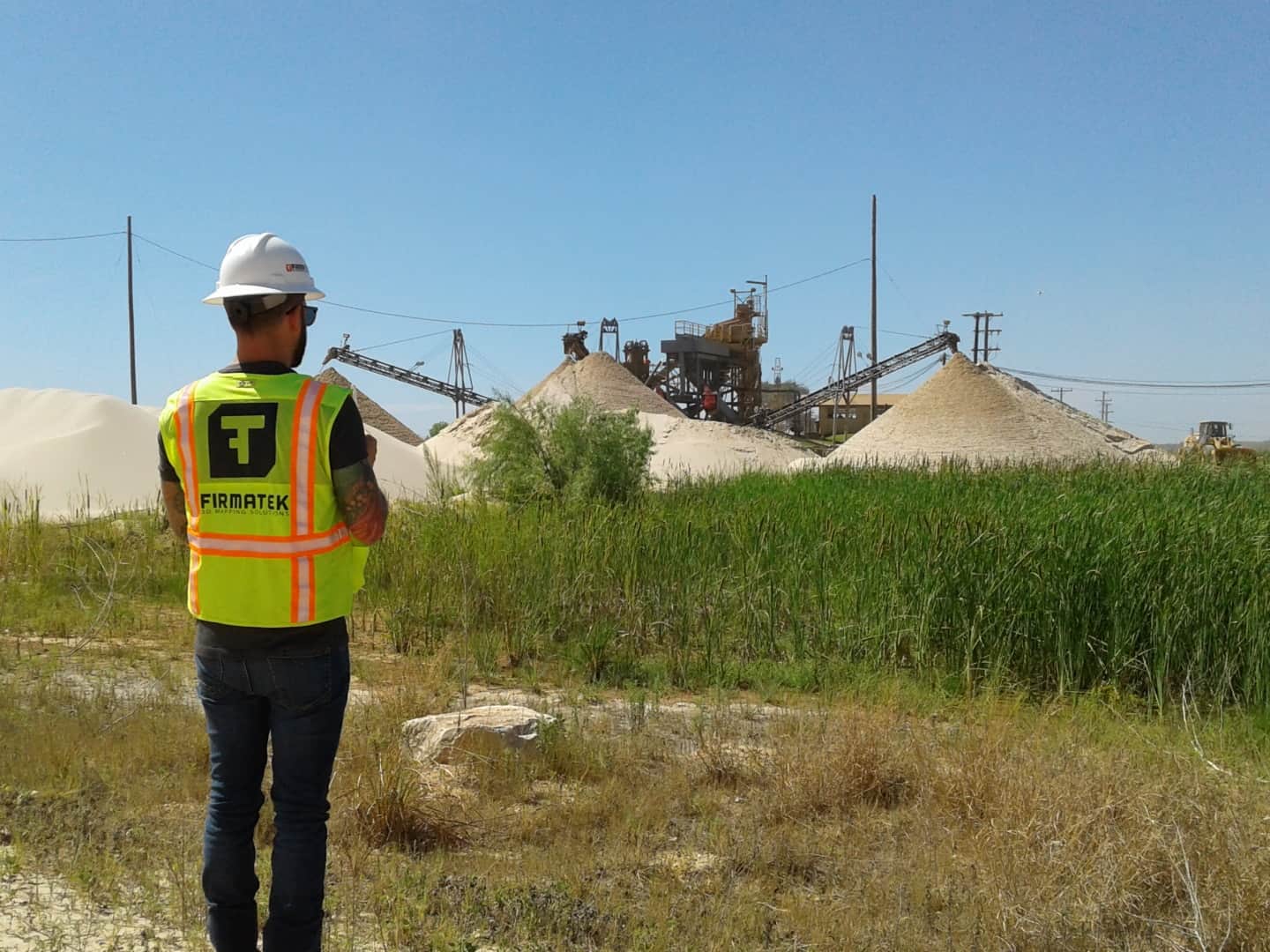Contributed by VP of Processing, Scott Schiele
Over the past few weeks, we’ve discussed two common problems with inventory management: base issues and bad data. The first two challenges with inventory management covered problems with the data collected to measure volumes of piles. When people think their inventory numbers are wrong, they typically blame it on measurement problems. Historically, when unreliable measurement methods, such as guessing or a wheel and tape, were used, this made sense. However, with today’s technology including drones, LiDAR, and GPS positioning, measurements are typically very accurate and very repeatable for volumes. These devices measure thousands of data points on each pile and the data is accurate. You must remember that all of these technologies are measuring volumes and that inventory numbers are typically reported in tonnages. Density, the number that converts the volumes to tonnages, can be an unusual variable. Density is the third challenge in our series on the Three Challenges of Inventory Management.
Density numbers can be the biggest challenge for all of the inventory issues due the difficulty in quantifying density and the sensitivity of this number. For example, your density is off 0.1 tons per cubic yard, and you’re looking at a 50,000 yard pile. Let’s say the correct density should be 2.0, but you are using 1.9. Instead of having 100,000 tons, you now get 95,000 tons. Your inventories are off by 5% due solely to the density you chose to use.
Now, consider all of the factors that can effect density including haul trucks and other equipment driving on the material, packing the material down to create a road, weather, and compaction. With this in mind, ask yourself if that density number you are using is accurate. We realize that densities are difficult to calculate and there are several variables that greatly impact density, even within a single plant and product. There is the pre-blasted density, the hauled density, and the stockpiled product density. These densities often come from a lab where the product is tested, or they come from filling a one cubic foot box that is weighed. The fact of the matter is density is a number that is very hard to measure through the entire pile.
However, having a good handle on your densities can be the big factor in what makes or breaks your inventory number. So what can you do to see if your density is to blame?
One indicator that density may be to blame for your variances is that your pile is consistently 15% to 30% off. If that’s the case, one solution you can use to check whether density is the culprit is to do some frequent measurements on the problem pile. Doing weekly flights on the pile for four to six weeks can tell a story about how the tonnages are changing and what the volumes are showing. If we consistently see the same percentage variance, we know that it is typically the densities that are off.
At that point, you will need to make some adjustments to your densities. Each company handles that differently. Firmatek can help with that piece by coming out and testing with our density gauge, but often there is a specific process at your company for making a density change. Whatever the case may be for you to correct the issue, the first step is identifying the core issue of an incorrect density number.
That is a real challenge, but it is made easier because of the ease of doing frequent measurements with drone solutions and our team of experienced processors that can help you analyze the issue.


